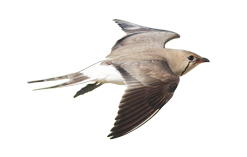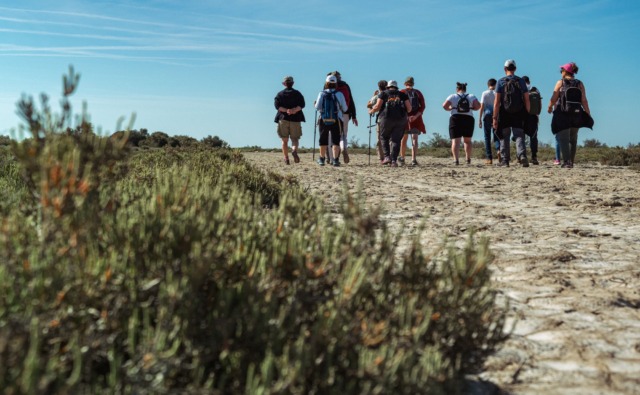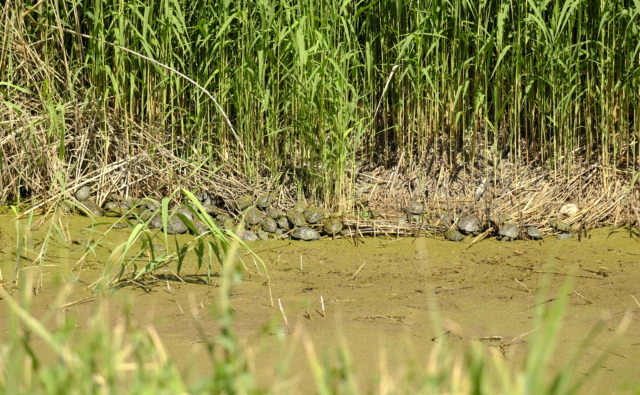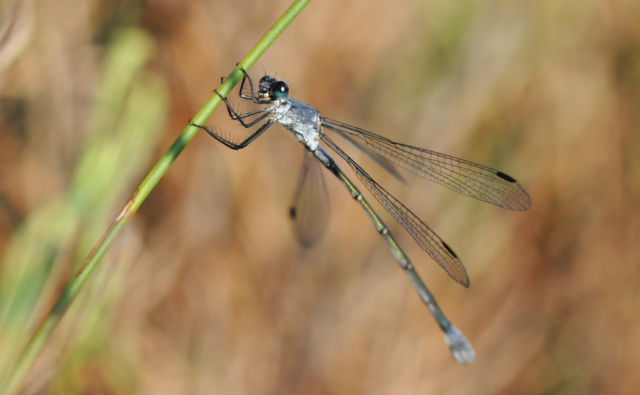Birds are good crop protection agents because they predate on pests. However, whether they consume insects or small mammals, they have been significantly affected by agricultural intensification, with major declines in some species such as the Eurasian Scops Owl (Otus scops), the Little Owl (Athene noctua), and the Common Barn-owl (Tyto alba).
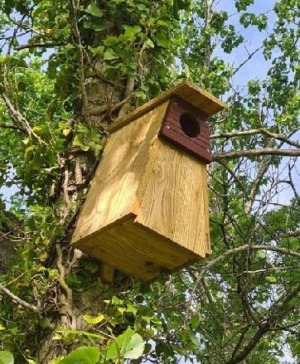
The lack of nesting sites in cavities in old trees, which have become rare as a result of land consolidation and enlargement, or barns, which have become inaccessible as a result of renovations, has also contributed to the decline of these species. Our solution is to develop the potential for hosting biodiversity on partner farms in the Camargue. Based on the interest of 13 farmers, we purchased 65 nesting boxes for bird species that are declining in the Camargue:
- 10 nesting boxes for the Common Barn-owl (Tyto alba)
- 10 nesting boxes for the Little Owl (Athene noctua)
- 10 nesting boxes for the Eurasian Scops Owl (Otus scops)
- 25 nesting boxes for the Common Hoopoe (Upupa epops)
- 10 nesting boxes for the Common Kestrel (Falco tinnunculus)
- Falco tinnunculus)
We also purchased 20 bat shelters, 10 cavity boxes that are suitable for the following species, among others: the Noctule (Nyctalus noctula), Gray Big-eared Bat (Plecotus austriacus), Giant Noctule (Nyctalus Lasiopterus), etc., and 10 with crevices, suitable for the various subspecies of pipistrelle (Pipistrellus pipistrellus).
The 65 nesting boxes and shelters were placed on the 13 farms in accordance with the expectations of the farmers, the ways they could be installed, the landscape context, and the preliminary monitoring of the avifauna present on the plots.
These downloadable sheets (in French) will teach you more about the interest of the nesting boxes for the targeted species and maintaining them so that they will be quickly colonised.
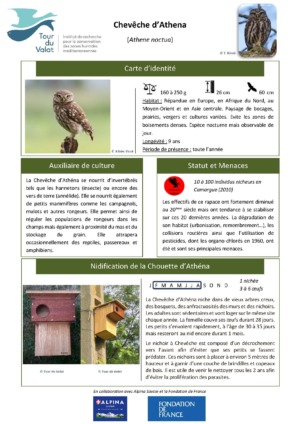 |
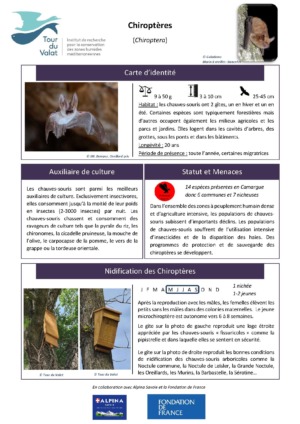 |
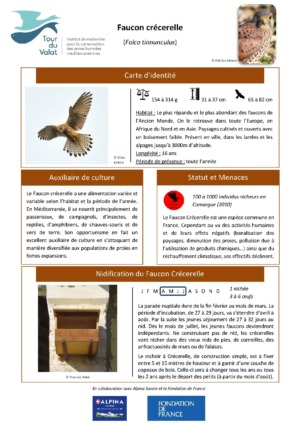 |
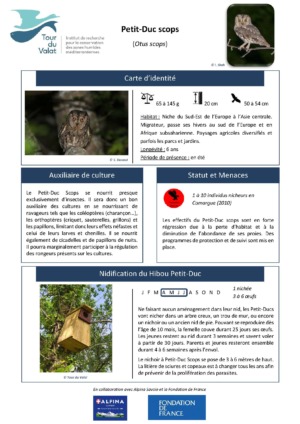 |
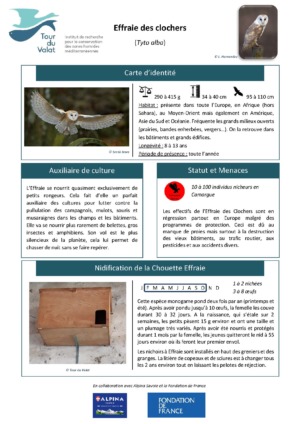 |
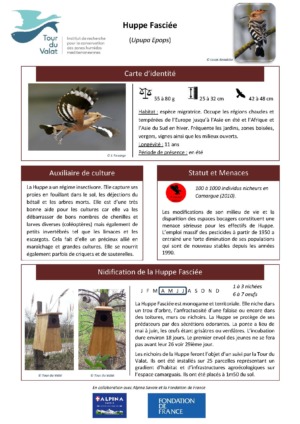 |
Financial Partners
Team
Project leader: Arnaud Béchet, Thomas Galewski
Members: Pierre Mallet (Doctorant) et Nicolas Georget (Stagiaires)
Project date : since 2022
References
Bretagnolle V., Berthet E., Gross N., Gauffre B., Plumejeaud C., Houte S., Badenhausser I., Monceau K., Allier F., Monestiez P., Gaba S. 2018. Towards sustainable and multifunctional agriculture in farmland landscapes: Lessons from the integrative approach of a French LTSER platform. Science of The Total Environment 627:822–834. doi: 10.1016/j.scitotenv.2018.01.142
Fontaine B., Moussy C., Carricaburu J.C., Dupuis J., Schmaltz L., Lorrillière R., Loïs G., Gaudard C., Couzi L. Suivi des oiseaux communs en France 1989-2019 : 30 ans de suivis participatifs. [place unknown]: MNHN- Centre d’Ecologie et des Sciences de la Conservation, LPO BirdLife France – Service Connaissance, Ministère de la Transition écologique et solidaire.
Galewski, Thomas, et Vincent Devictor. 2016. « When Common Birds Became Rare: Historical Records Shed Light on Long-Term Responses of Bird Communities to Global Change in the Largest Wetland of France ». Édité par Andy J Green. PLOS ONE 11 (11): e0165542. https://doi.org/10.1371/journal.pone.0165542.
